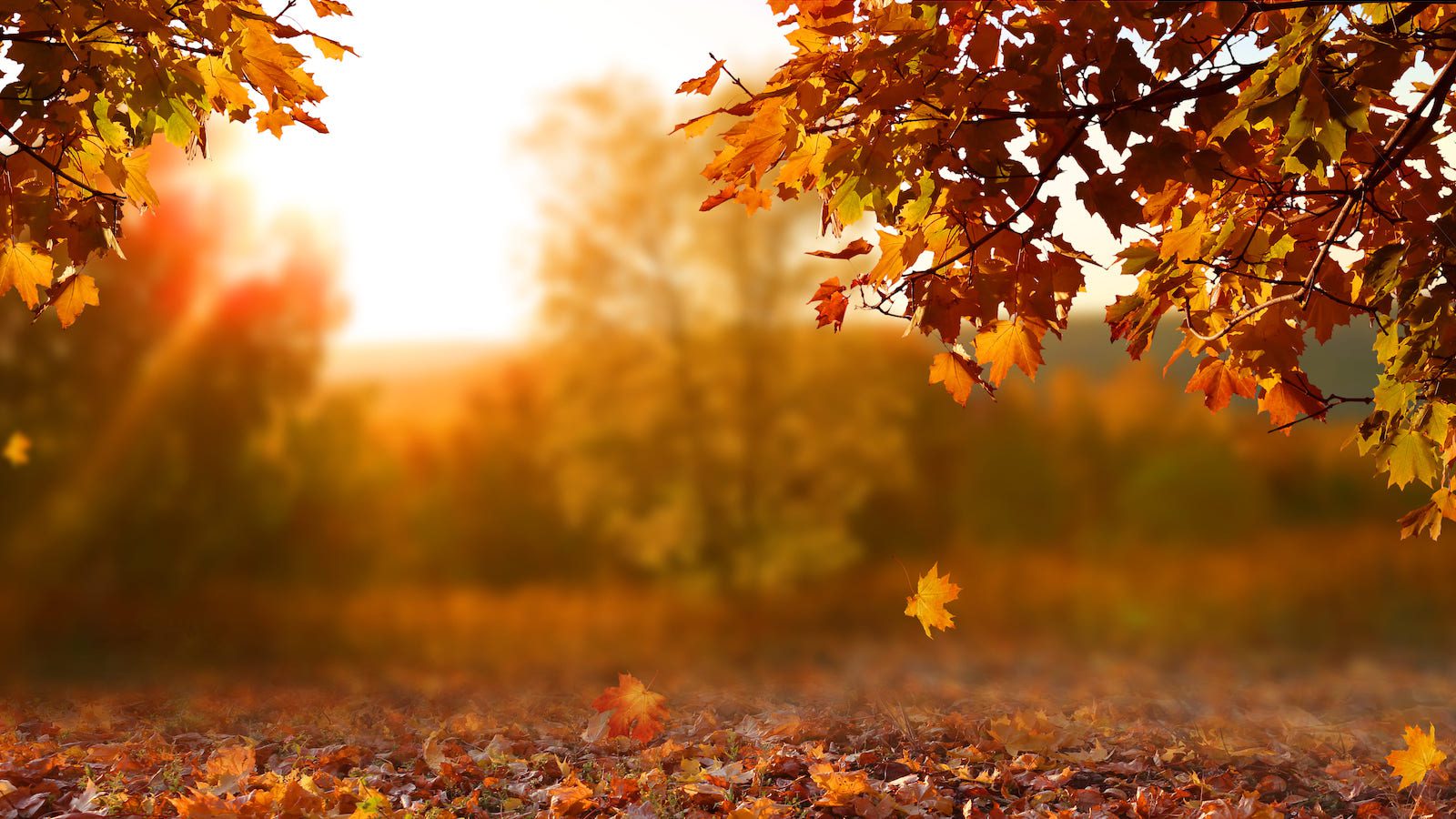As the fall season ramps up across the country, Texans are not likely to glimpse the fall foliage that is typical of the lone star state. Speaking with KXAN News, Dave Madden from the Davey Tree Expert Company explained that the drought conditions Texas saw this year are to blame.
Water stress caused many trees to drop their leaves sooner than usual and these early drops have presented a problem for fall foliage.
“And that’s why the issue, the caveat, on the fall foliage and being it sporadic, because of the extended drought we’ve been in, a lot of trees have already lost most if not all of their leaves a lot of our seed rounds or our round out and turn round, they dropped off their leaves,” Madden said. “That’s just their response to they’re losing water faster than they can replace it.”
He added that many of these trees started to lose their leaves as early as August, meaning that they have had two full months to lose leaves.
“A lot of the trees unfortunately have lost most of their leaves and will miss their color. But there will be pockets where those leaves are hanging on and you begin to see it now with the yellows appearing on the elms and the pecans and the reds are soon to follow.”
Trees, where Texans can see flashes of trademark fall colors, will likely be near creek beds and areas where the soil can better hold onto moisture, according to Madden. He added recent rain could have contributed to areas of bright colors this fall.
When asked what gives these leaves bright colors, Madden told KXAN that warm days and cool nights are ideal.
“These cool nights, warm, sunny days are great. If we were to have a real cold hard frost or freeze even too early, well that wipes them out, they probably drop off, we don’t have much color,” he said. “These nice cool nights, long days or shorter days, and warm sunny days is a nice — the sugars have time to pull in those leaves. Then we start to see those pigments, the ones that cause the reds and the pinks and the fuchsias that would be the anthocyanins, and then the carotenoid are the ones that caused the oranges and yellows, which we’re beginning to see now, the earlier.”
Madden shared that fall in Texas is triggered when the days get shorter and the nights get longer. This is normally when the trees will begin to shut down and start to drop their leaves.
Texans who have fallen leaves in their yards were urged by Madden to grind them up before putting them back on the soil. This will allow them to be naturally recycled.
Before being responsible for lackluster fall foliage this year, ongoing drought conditions in the state over the summer led to an increased number of wildfires, as The Dallas Express previously reported. During the summer, over 99% of Texas was experiencing droughts, according to a July update from the U.S. Drought Monitor.






